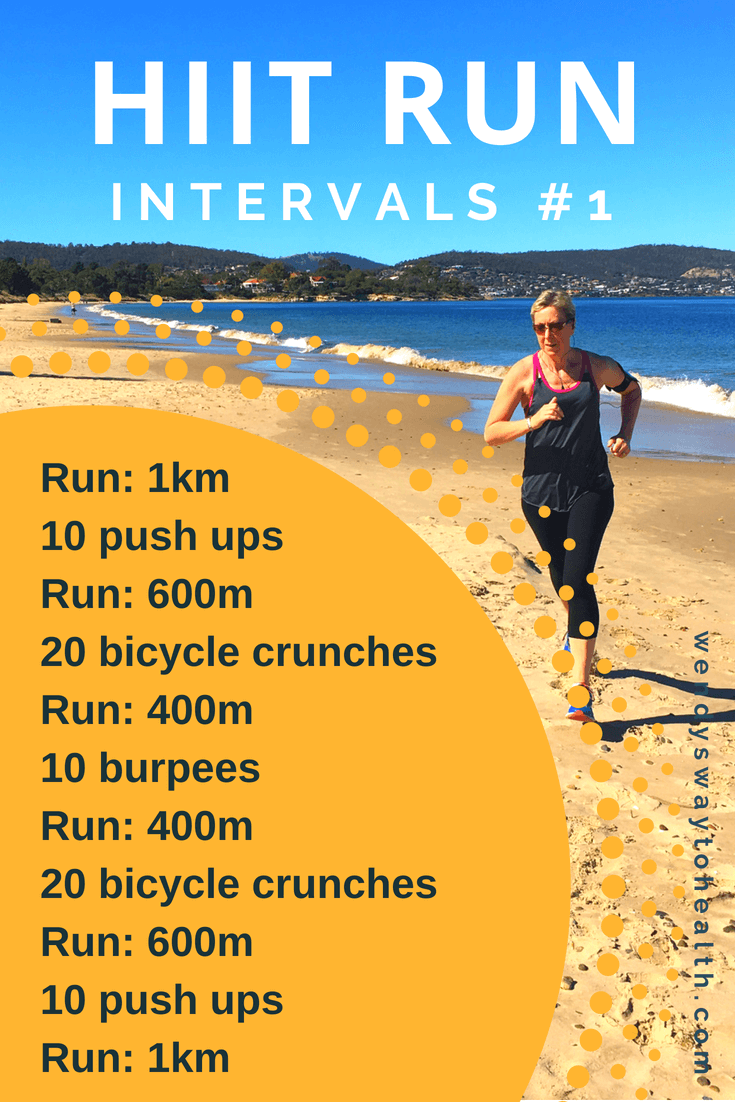Getting Over Pain in Operating: Techniques and Strategies That Work
Pain is an usual buddy for many runners, often functioning as an obstacle to achieving their preferred objectives. However, with the best approaches and techniques, it is possible to get rid of and also prevent the discomfort related to running. By checking out different approaches such as recognizing the various sorts of running discomfort, optimizing footwear and form, incorporating cross-training and strength exercises, executing effective recovery methods, and maintaining proper nutrition and hydration, joggers can possibly alleviate their discomfort and boost their total running experience.
Recognizing Various Sorts Of Running Pain

One more kind of running discomfort is joint pain, which can manifest as a sharp or achy discomfort in locations such as the knees, hips, or ankle joints (running workout). Joint pain might be triggered by elements like incorrect running kind, overuse, or underlying conditions like arthritis (this page). It is very important to set apart in between muscle discomfort and joint discomfort, as the latter might call for medical attention to avoid more injury
Understanding the different kinds of running discomfort is vital for efficient administration and prevention strategies to ensure a secure and satisfying running experience.
Appropriate Footwear and Running Type
To enhance performance and lower the danger of running-related injuries, selecting appropriate shoes and preserving correct running type are important components for joggers of all levels. Correct footwear plays a crucial function in offering assistance, cushioning, security, and protection for the feet and reduced limbs. It is advised to select running footwear that are particularly made for the individual's foot type, running stride, and the kind of running activity they involve in. Getting suitabled for shoes at a specialty running shop can help make certain the best fit and assistance.

Cross-Training and Toughness Exercises
Toughness exercises, like squats, lunges, and core workouts, play an essential duty in stabilizing muscle mass and boosting running efficiency. They can fix muscular tissue imbalances, enhance agility, and enhance power result, all of which are important for running efficiency.
It is essential to allow for sufficient rest in between running sessions and cross-training tasks to protect against overuse injuries. By including these components right into a running routine, runners can build a more powerful structure, enhance performance, and enjoy an extra lasting running experience - my site.
Recovery and Relax Strategies
Having established the importance of cross-training and toughness workouts in an extensive running routine, focus can currently be guided towards Recuperation and Relax Techniques as integral parts for enhancing performance and lowering the danger of injuries. (running workout)
Recuperation after running is vital for muscle repair and development. Techniques such as foam rolling, extending, and massage aid in minimizing muscle pain and improving adaptability. Appropriate remainder between runs permits the body to recuperate and adjust to the physical tension, preventing overuse injuries.
Integrating energetic healing days right into a training schedule, where low-intensity tasks like walking or cycling are executed, can enhance blood flow and see here advertise healing without putting excess pressure on the muscles. Furthermore, proper hydration and nutrition play an essential role in the healing procedure by replenishing lost liquids and nutrients.
Quality rest is another necessary aspect of healing that should not be ignored. During rest, the body undergoes fixing and regrowth procedures, adding to overall physical and mental health. By focusing on recovery and rest techniques, joggers can keep optimal performance levels and minimize the chance of experiencing discomfort or injuries.
Nourishment and Hydration for Runners
Carbs offer power for running, while proteins help in muscle fixing and recovery. Ample hydration is also essential to preserve optimum performance, as even light dehydration can negatively affect running efficiency. Additionally, timing dishes and treats appropriately prior to runs can aid avoid stomach discomfort and offer the essential energy for peak performance.
Final Thought
To conclude, by comprehending the numerous sorts of running pain, wearing appropriate shoes, keeping correct running type, including cross-training and toughness exercises, prioritizing healing and remainder, and concentrating on nourishment and hydration, joggers can successfully get rid of pain and enhance their efficiency. Carrying out these strategies and methods can assist joggers avoid injuries, improve their endurance, and inevitably appreciate a more fulfilling running experience.